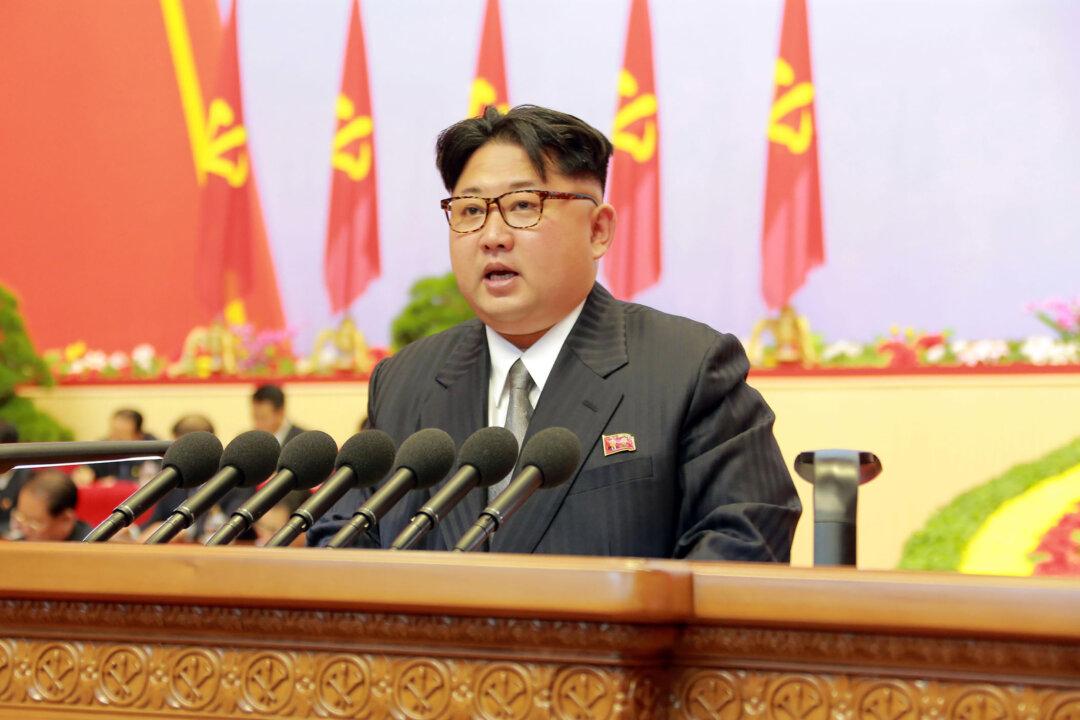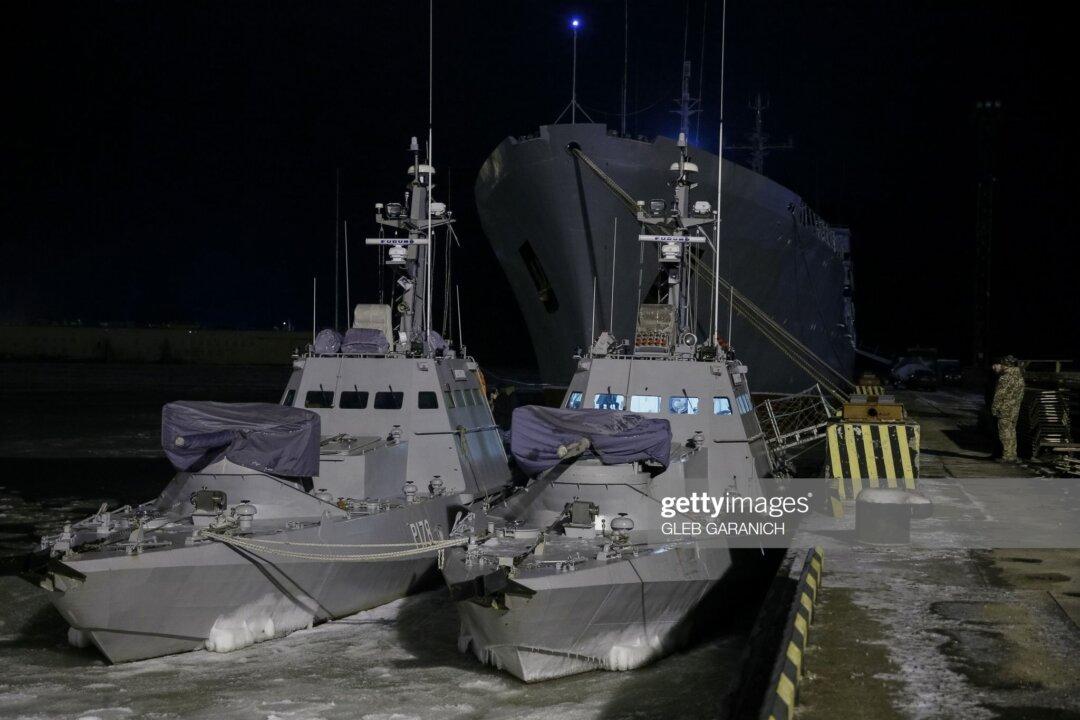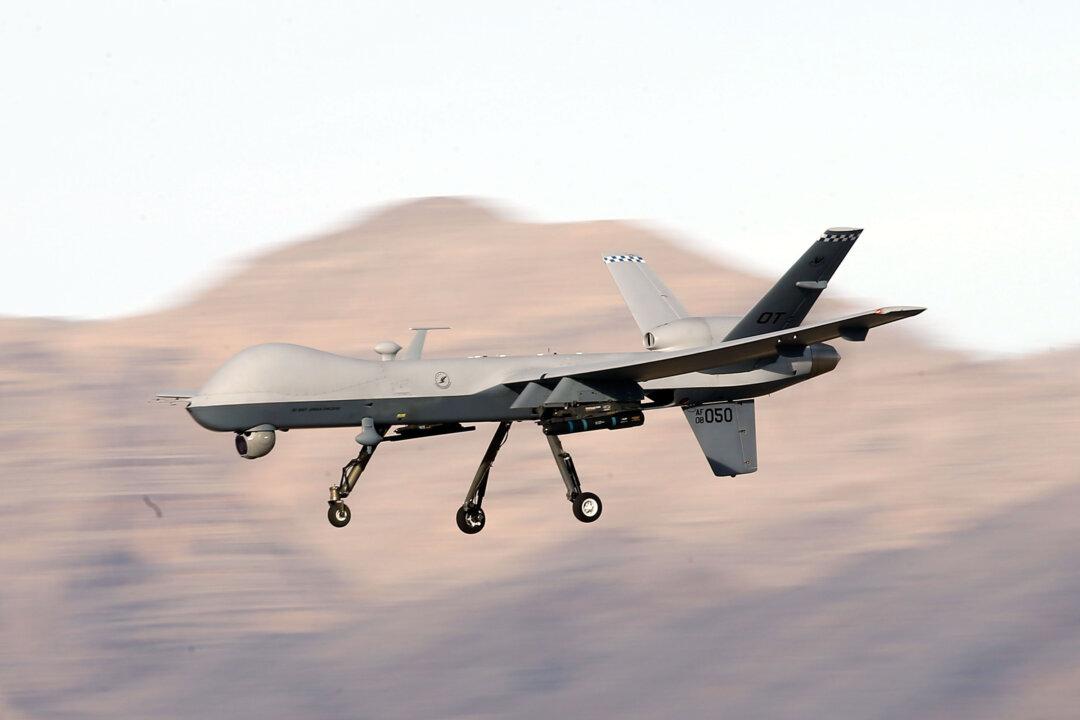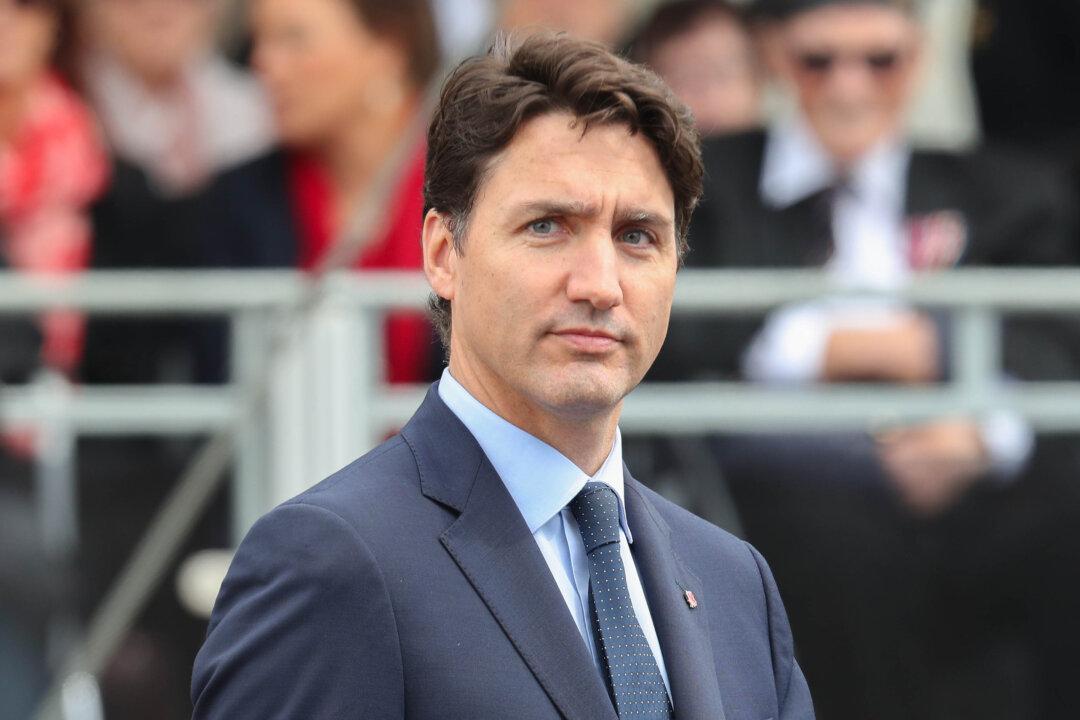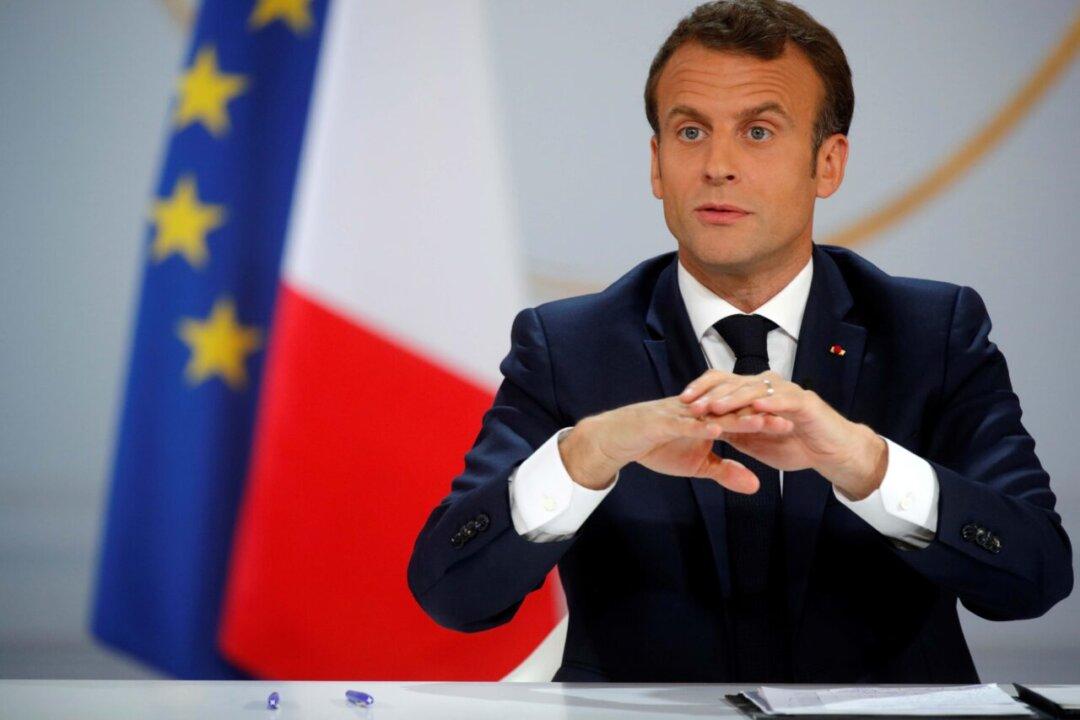Many years ago, I was an Army intelligence officer assigned to 8th Army G-2 (Intelligence) in Seoul, South Korea. With several other officers, I worked on “order of battle” for the North Korean Army, that is, inter alia its strength, composition, disposition, and equipment.
Facing the North Koreans across the Demilitarized Zone provided very limited insight. And lacking the technological assets now available, such as satellite photography or electronic intercepts, a defector with 10-year-old information was a key source. But in short, our OB construct was largely based on Korean War positions, supplemented by guesses regarding equipment upgrades provided by China and the USSR.
Roughly a decade later, I was the State Department’s Intelligence and Research Bureau’s analyst for Korea. Again, knowledge of political developments in Pyongyang was highly limited. The society was almost impenetrably sealed from Western access. Information was gleaned by occasional neutralist visitors and/or comments by Warsaw Pact diplomats. Our primary source was reading translations of the bombastic propaganda released by Pyongyang; it was about as useful as toilet paper—after it had been used.
Throughout the decades, becoming a nuclear weapons state has been an existential Pyongyang objective. The logic is impeccable: No state has attacked a nuclear weapons state. Conversely, Washington, Tokyo, and Seoul attempted to stop Pyongyang’s drive for nuclear weapons.
